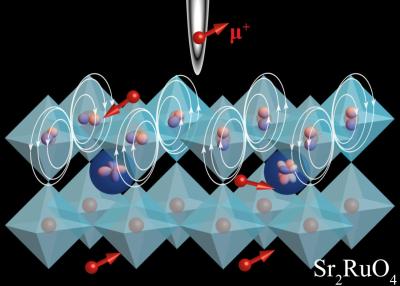Lead-Vacancy Centers in Diamonds could benefit spintronics
Researchers from Japan's Tokyo Institute of Technology, National Institute for Materials Science and National Institute of Advanced Industrial Science and Technology have found that lead-based vacancy centers in diamonds, that form after high-pressure and high-temperature treatment, are ideal for quantum networks, spintronics and quantum sensors.
The color in a diamond comes from a defect, or âvacancy,â where there is a missing carbon atom in the crystal lattice. Vacancies have long been of interest to electronics researchers because they can be used as âquantum nodesâ or points that make up a quantum network for the transfer of data. One of the ways of introducing a defect into a diamond is by implanting it with other elements, like nitrogen, silicon, or tin. In their recent study, the scientists from Japan demonstrated that lead-vacancy centers in diamond have the right properties to function as quantum nodes. âThe use of a heavy group IV atom like lead is a simple strategy to realize superior spin properties at increased temperatures, but previous studies have not been consistent in determining the optical properties of lead-vacancy centers accurately,â says Associate Professor Takayuki Iwasaki of Tokyo Institute of Technology (Tokyo Tech), who led the study.
